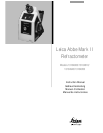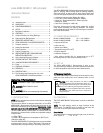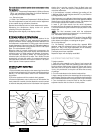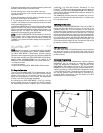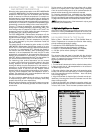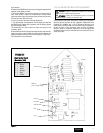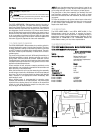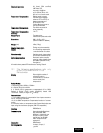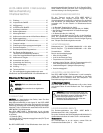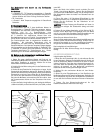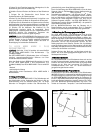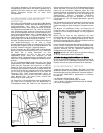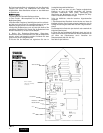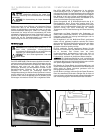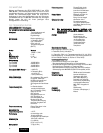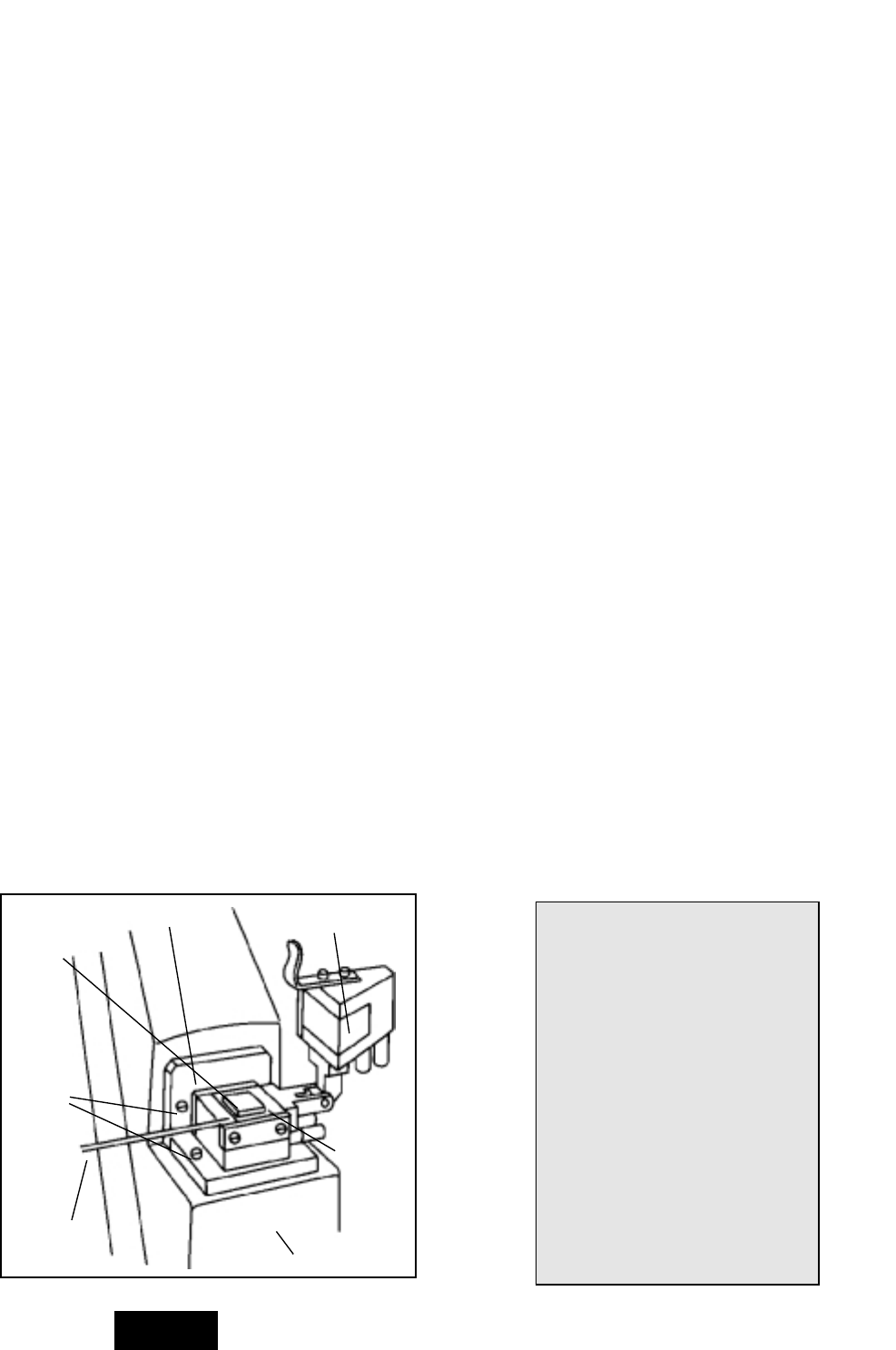
8.0REFRACTOMETER USE, TECHNIQUES
AND REFRACTION PRINCIPLES
Refractive Index measurements taken on the LEICA ABBE MARK
II and LEICA ABBE MARK II Plus Refractometers are affected by
temperature. Different values can be obtained when the same
sample is measured at different temperatures. For example: as
the temperature of a sugar solution sample rises, its density and
refractive index decrease. This causes an apparent decrease in
concentration when using the non-temperature compensated %
Solids mode. The % Solids-TC (Temperature Compensated) mode
automatically corrects the reading to the correct value at 20
O
C.
For every 1
O
C change in temperature, an aqueous solution con-
taining sugar will change readings by approximately 0.08%. This
is the average value for samples of 0 to 85% at 15
O
C to 45
O
C. As
temperature rises the % Solids reading decreases. As tempera-
ture decreases, the % Solids reading increases.
The LEICA ABBE MARK II Refractometer temperature will rise
approximately 1
O
C every 10 minutes for 1 hour until it stabilizes.
An instrument that has been turned on for more than 1 hour in a
20
O
C room could read 26
O
C. The rise in temperature is principally
due to heat generated by the power transformer inside the
instrument housing.
The sample placed on the measuring prism surface of a LEICA
ABBE MARK II Refractometer that has been turned on for more
than an hour in a 20
O
C environment will assume the temperature
of the prism (
i.e.,
approximately 26
O
C). Although the sample is
now warmer and would indicate a lower concentration when
measured in the uncompensated Brix mode, the BX-TC mode
automatically compensates for the temperature difference and
displays the concentration of the solution as if its temperature
were 20
O
C. Without compensation for the 6
O
rise, the readout of a
70% solution would be 0.5% less (6
O
C x 0.08%) or 69.5%.
The measuring prism surface temperature can be lowered
by running cooling fluid through the water jackets in the prism
housing. However, the heat generated inside the instrument
housing still affects the prism temperature. For this reason it is
necessary to run fluid slightly below the desired temperature. A
thermometer placed in the fluid line may measure several
degrees below the actual displayed temperature of the measur-
ing prism surface displayed when the temperature button is
pressed. The opposite is true if the prism temperature has to be
elevated above the ambient temperature.
The fluid circulation system allows the prism to be adjusted
for temperatures up to 80
O
C. This may be necessary when using
samples that solidify at lower temperatures.
Measuring viscous samples, such as high Brix sugar syrups, may
be more difficult than measuring products with lower total dis-
solved solids.
Stir the sample on the measuring prism surface with a rubber
spatula or an angled piece of clear plastic tubing. Completely
cover the surface making sure all the air pockets between the
sample and the measuring prism surface are removed.
For removing carbonation from carbonated soft drink samples,
open and close the prism cover two or three times after loading.
Doing this provides the best possible reading line and the best way
to judge where the shadow line intersects the crosshair reticle.
NNOOTTEE::
Remember the accuracy of the instrument is only as good
as the clarity of the shadow line.
8.1 High Index/High Dispersion Samples
High refractive index samples with high dispersion properties may require
additional use of Catalog #13K30650 589nm bandpass filter accessory. This
accessory will insure that the shadowline will be sharp for these samples.
9.0 CALIBRATION WITH TEST GLASS
Refer to Chart 1, Refractive Index of Triple Distilled Water at
Various Temperatures to compare the refractive index reading
with the calibrated temperature reading.
To calibrate the LEICA ABBE MARK II Refractometer use:
• a refractive index test glass (Catalog No. 13104510)
• a bottle of 1- Bromonaphthaline (Catalog No. 13104520)
• a 1/16" (No. 4) Allen wrench (Catalog No. 13X30600)
• lens tissue
The refractive index test glass is imprinted with the refractive
index scale. The bottom and front surfaces of the glass are pol-
ished. It is important that these surfaces are very clean when
beginning calibration procedures.
TToo ccaalliibbrraattee::
1. Turn the “Mode” selector switch to the refractive index position.
2. Apply a single drop of 1-Bromonaphthaline to the surface of
the measuring prism surface.
3. Place the refractive index test glass on the measuring prism
surface with the imprinted side facing up. Position the polished
end of the test glass toward the illuminator - about 1/8" (2mm)
from the edge (Figure 4).
4. Align the illuminator so that the light is directed onto the pol-
ished face of the test glass. Cover the illuminator lens with lens
tissue to diffuse the light.
5. Adjust the illuminator arm, dispersion correction wheel, eye-
piece and adjustment control so that the shadowline is centered,
in focus, free of color. This is the same procedure used with a
English
Back Plate
Test Glass
Test Glass Position
1/8” [2mm] from edge)
Base Plate
Measuring
Prism
Fastening
Screws
Illuminating Prism
CChhaarrtt 11:: RReeffrraaccttiivvee IInnddeexx ooff TTrriippllee
DDiissttiilllleedd WWaatteerr aatt VVaarriioouuss TTeemmppeerraattuurreess
TTeemmpp
OO
CC RReeffrraaccttiivvee IInnddeexx
18 1.3332
19 1.3331
20 1.3330
21 1.3329
22 1.3328
23 1.3327
24 1.3326
25 1.3325
26 1.3324
27 1.3323
28 1.3322
29 1.3321
30 1.3319
Source: Molar Refraction of Organic Compounds
FFiigguurree 44
6



